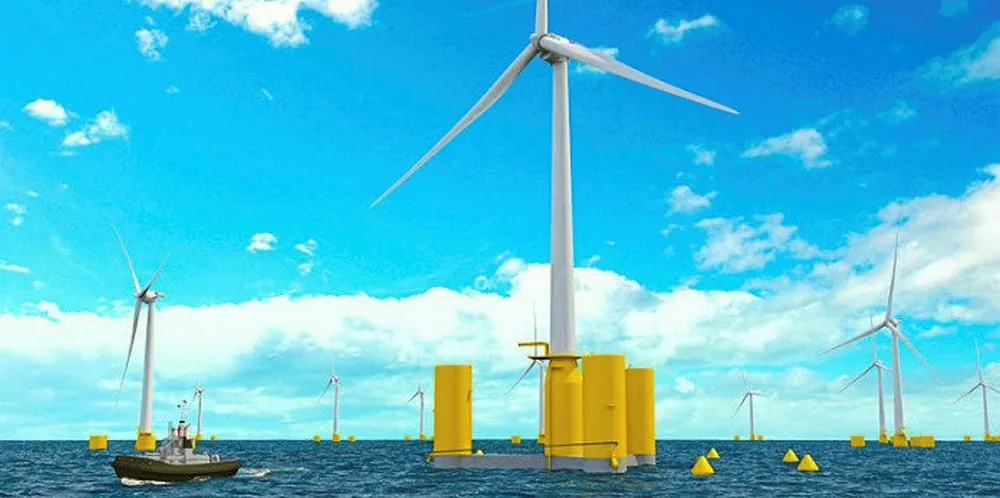Hitachi Zosen joins up with Naval Energies for floating wind off Japan
Pair will launch partnership with ‘several hundred megawatt’ project study off island nation

Pair will launch partnership with ‘several hundred megawatt’ project study off island nation
